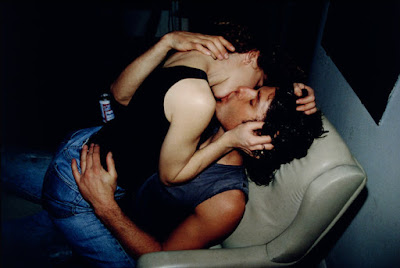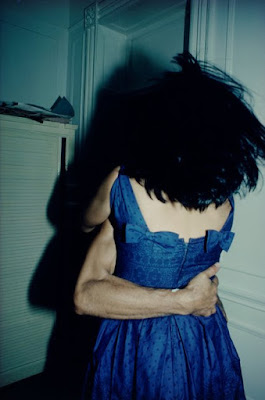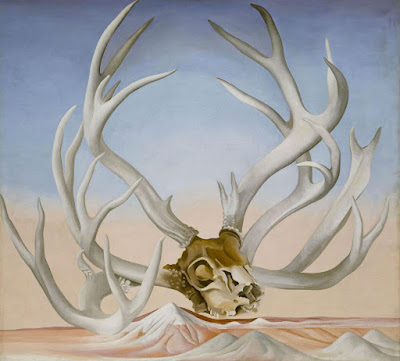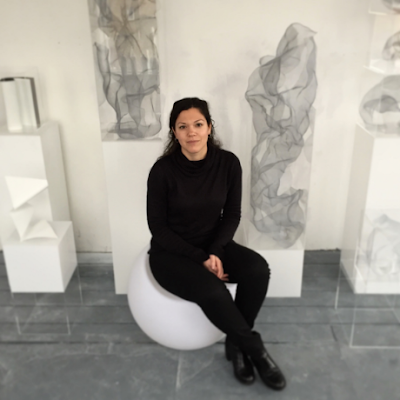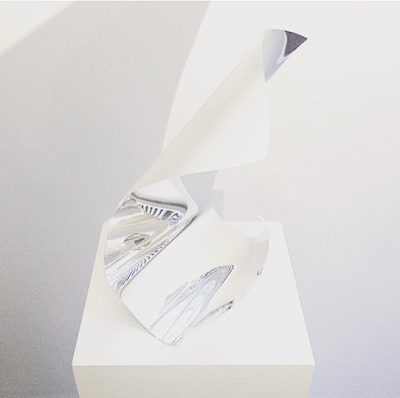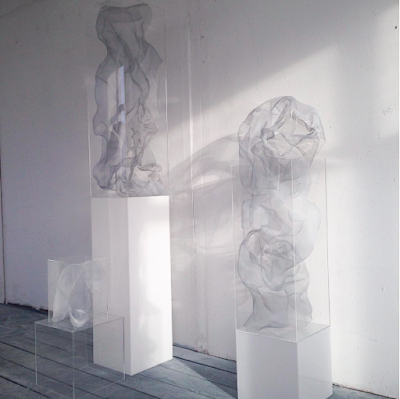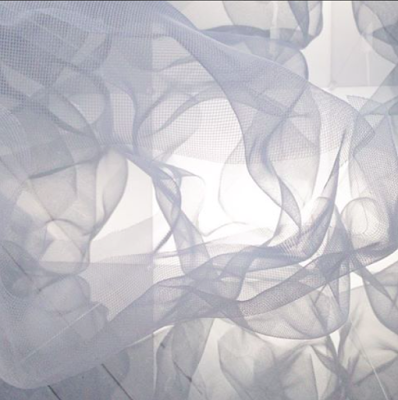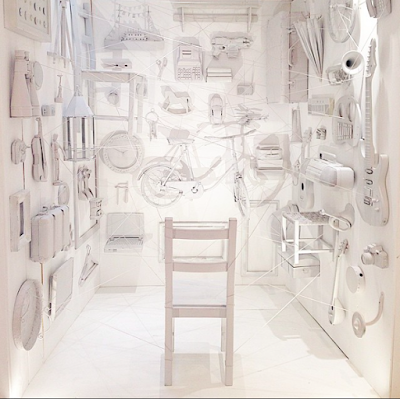Defined as the voice of a generation, the American photographer Nan
Goldin is known for capturing the most intimate experiences of her friends and
lovers across Boston and downtown New York. At the Museum of Modern Art in New
York, a slideshow of her iconic collection of images The Ballad of Sexual Dependency compiles nearly 700 photographs. Much
of it is shot with only available light between 1979 and 1986 amidst the
hard-drug subculture of the Bowery neighbourhood. Although the exhibition
begins with an assemblage of posters, flyers and photographs from the museum’s
archive, it’s the gentle rhythm of The Velvet Underground’s All Tomorrow’s Parties in the screening
room that makes you feel like you’ve walked into Goldin’s downtown apartment.
Given the slideshow’s soundtrack, it’s unsurprising that Goldin’s early
influences include Andy Warhol’s films shot just a decade before as his studio The Factory moved further and further
downtown.
Named after Bertolt Brecht and Kurt Weill’s The Threepenny Opera, the series of 35mm photographs in The Ballad of Sexual Dependency depict love,
drug-use, gender, sexuality and domesticity. When the collection of images was first
shown, Goldin hand-picked slides as friends spontaneously chose the soundtrack and
her subjects looked on spellbound. In 2016, The
Ballad of Sexual Dependency has already been viewed by thousands of
strangers, but feels no less intimate. As a girl who has spent much of her
youth running around New York in the company of a diverse array of artists, musicians
and photographers, taking my place in the audience felt like the end of pilgrimage
or perhaps just an important stop along the way. Undoubtedly, this sentiment
was also intensified by my recent audience with her erotic The Boy at the Art Angel takeover of HM Prison Reading in England.
As an opener, the title photograph Nan one month after being battered 1984 serves as a powerful
reminder that her photographs explore the good, bad and the ugly. Not only does
Goldin capture the romance of the last bohemia in downtown New York, but also
the harsh realities of addiction, domestic abuse and the AIDS epidemic. She
described The Ballad as, “my form
of control over my life. It allows me to obsessively record every detail. It
enables me to remember.” As we millennials move into the realm of hyphenated job titles
and over-sharing our emotions and space, there’s no doubt that revealing our vulnerability
is becoming an asset. As tear-stained, tired and often lacerated faces stare
down from Goldin’s projected images, their honesty makes them feel like friends
and it feels like Goldin was far ahead of her time in depicting their struggles
for the world to see.
Across the image, my favourite photograph was Nan Goldin and Brian in Bed 1981 in
which she watches her shirtless lover smoke a cigarette in the morning light,
and I longed for it to arrive on the screen. Although, I knew what to wait for
give that Goldin had vaguely organized the collection of photographs into loose
themes such as intravenous drug use, couples on their way to parties, sexual
encounters and portraits of the children born from those affairs. These images
were all set against the backdrop of iconic songs like Screaming
Jay Hawkins’s You Put Spell On Me, which,
makes you feel as if you’re there dancing with her subjects. What is so unique
about Goldin’s work is that her vibrant, colourful photographs are taken by a
participant, not an observer. You feel what she feels. This gritty, “grunge” style
has since been reflected in indie publications like Dazed & Confused and
I-D.
The Ballad
of Sexual Dependency is equal measure beauty and despair, and as the slideshow draws
to a close there’s no doubt that death and loss have become prevalent themes. By
the 1990’s, most of her subjects like Greer Lankton and Cookie Mueller were dead.
Although Goldin admits to romanticising the image of drug culture in the early
days, now she mournfully describes it as “evil.” She captured a time when her
bohemian contemporaries longed for deeper feel and rarity and for those they were
willing to risk everything. As she documented the highs and lows of her friends’
and lovers’ lives, Goldin was never afraid of showing the dark effects of their
hedonism.
Personally, having documented my last decade in daily journal
entries, reading Goldin’s declaration, “The
Ballad of Sexual Dependency is the diary I let people read," makes this
exhibition feel like a necessity for every young woman negotiating the perils
of life in the city. Take a couple of hours to experience it before February 12th
2017, it might be the most important history lesson you ever take.
Nan Goldin: The Ballad of Sexual Dependency is at MoMa, New York until 12th February 2017



